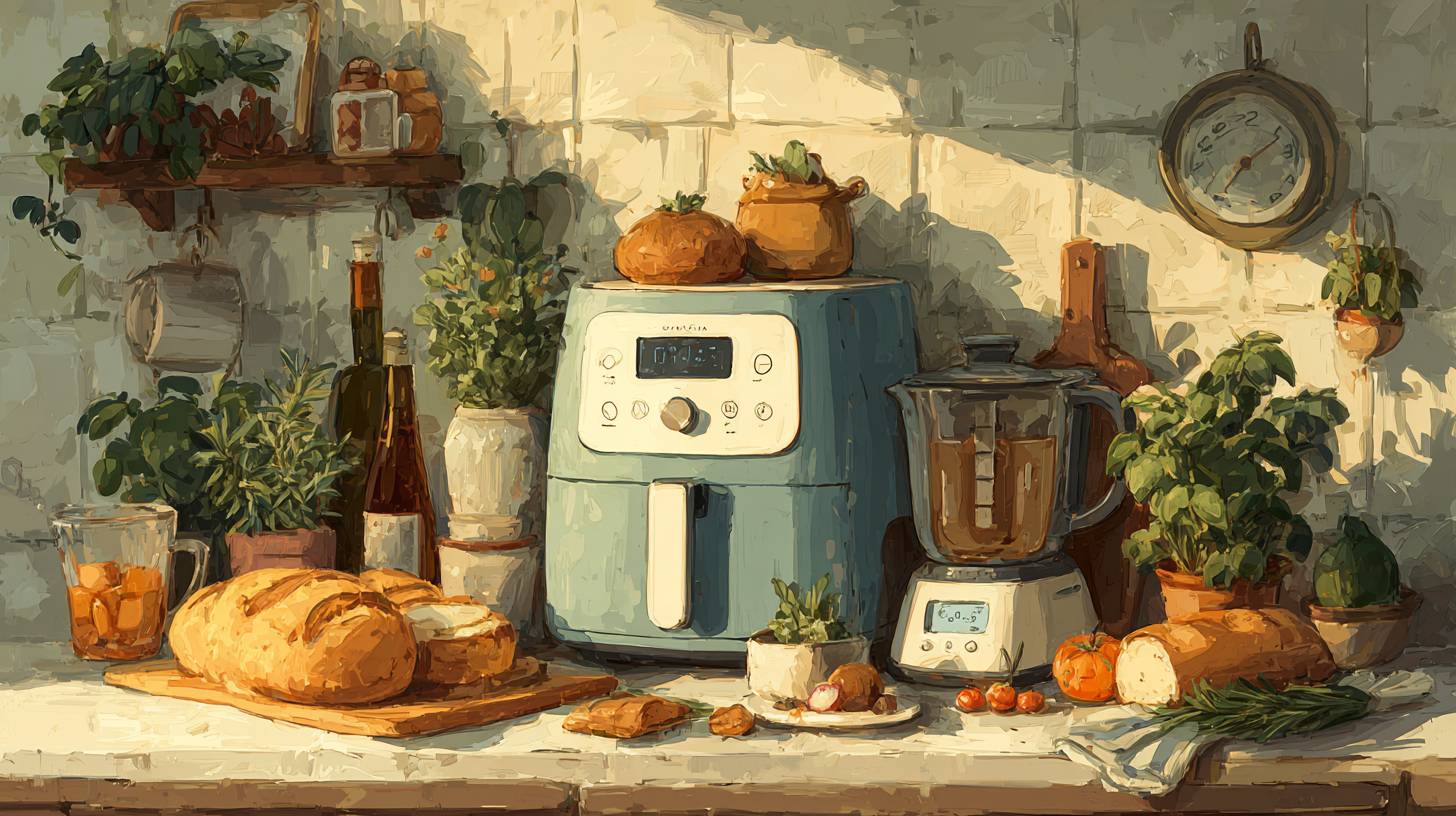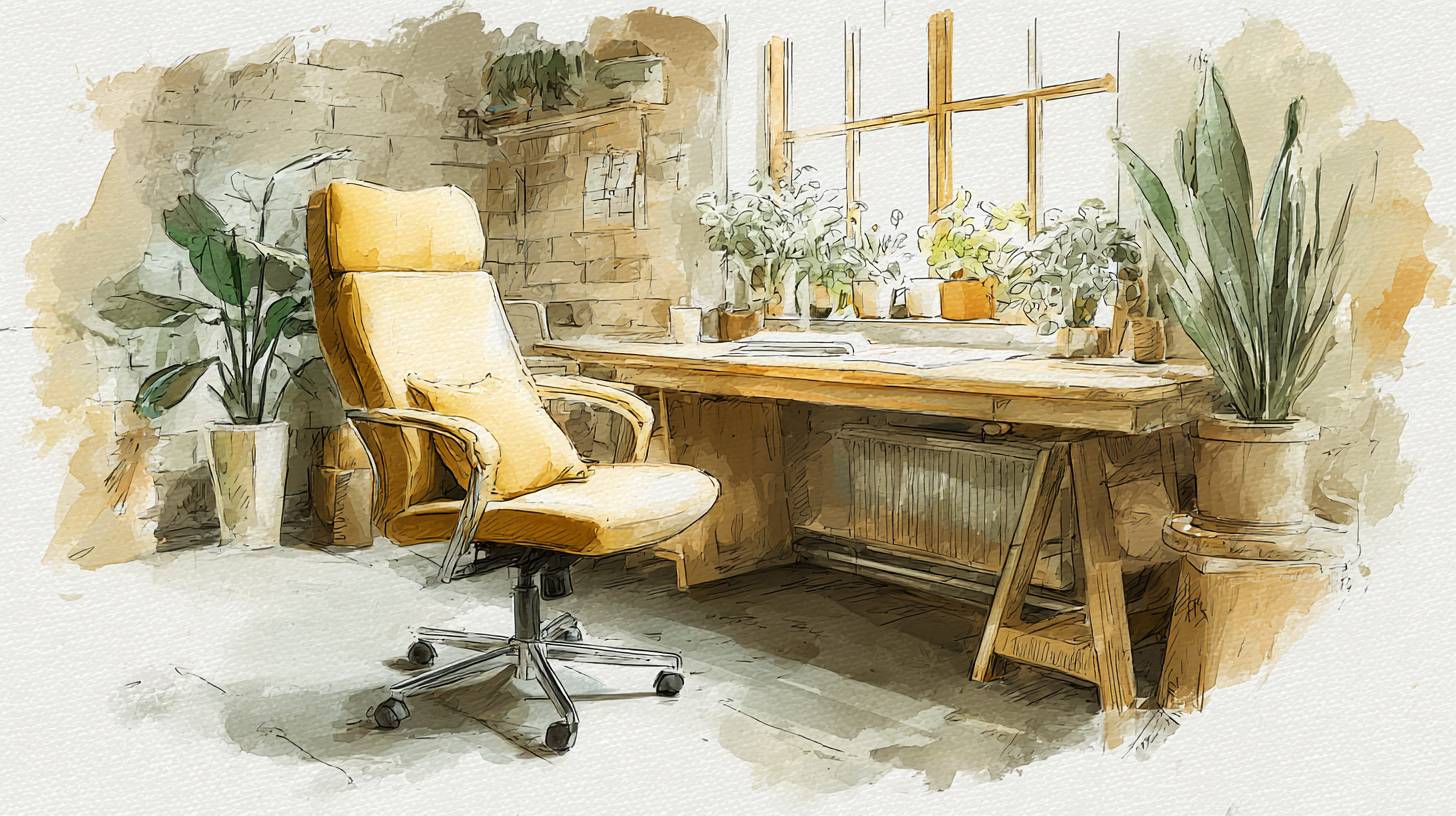
Essential Kitchen Gadgets Every Home Cook Needs in 2025
Discover the must-have kitchen gadgets for every home cook in 2025. Elevate your culinary skills and simplify meal prep ...
Fritillaria Michailovskyi has bell or pendant-shaped blooms with 1-5 terminal flowerheads of deep purplish brown colours with bright yellow hues towards the exterior fringe or opening. Few, lanceolate grey-green leaves accompany this petite flowering plant. Native to Turkey ...Fritillaria Michailovskyi has bell or pendant-shaped blooms with 1-5 terminal flowerheads of deep purplish brown colours with bright yellow hues towards the exterior fringe or opening.
Few, lanceolate grey-green leaves accompany this petite flowering plant. Native to Turkey, Fritillaria Michailovskyi is great for planting in containers and pots due to their smaller size, other suggested uses include planting in rock gardens or at the front of borders and beds, best when planted in groups for maximum effect. Fritillaria are herbaceous perennial plants that grow from a bulb and in in the lily family, Liliaceae.
Fritillaria are noted for several distinct attributes including single, nodding bell-shaped flowers. Some of the species has only single blooms while other varietals have racemes with multiple flowers. One of the odder characteristics of some of the plants within the Fritillaria genus is a distinct and unpleasant odour.
Uniquely beautiful and varied in their appearance and colourations, Fritillaria offer some of ornamental plants’ most complex designs and colours in their flowerheads. Heirloom varieties have been grown for centuries because of their attractive beauty and fantastic blooms. Fritillaria can vary with preferences for areas with full sun to planting in shade gardens.
Plant in fertile, well-drained soils. Plant bulbs with the tip side of the bulb facing upwards and root-side downwards at depths of 5-8cm with some depth variations for larger bulbs. Fritillaria should be planted in the autumn or autumn and regularly watered to ensure root growth before winter, followed with spring flowering.
While Fritillaria make excellent cut flowers, this will likely impact the following year’s flower production. After blooming, allow foliage to die back own its own as this is a critical stage of the growth cycle restoring energy to the bulb for the following season’s growth and blooms.
Discover more insights and guides in this category

Discover the must-have kitchen gadgets for every home cook in 2025. Elevate your culinary skills and simplify meal prep ...

Discover the best noise-cancelling headphones that enhance focus and comfort for work and travel. Elevate your listening...

Discover the top ergonomic office chairs for ultimate comfort during long hours at your desk. Boost your productivity an...